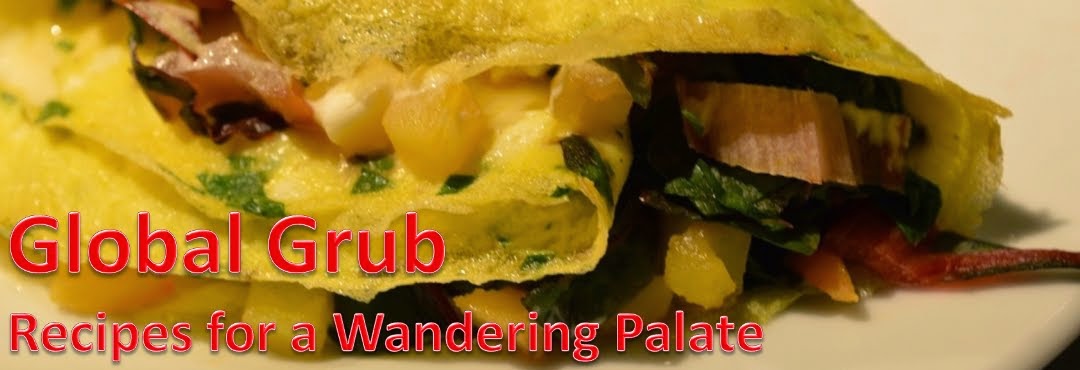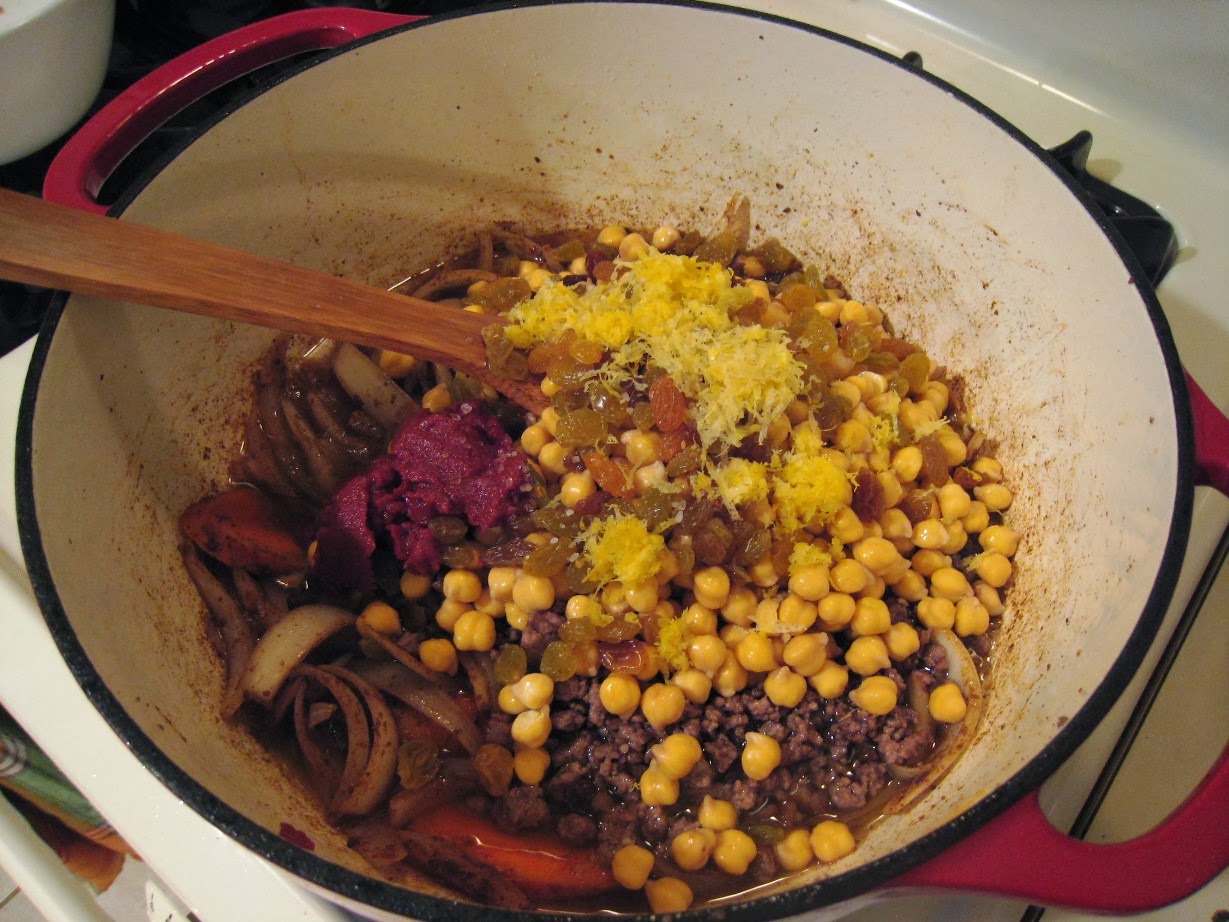Exactly like my very first post ever, which is about perfect roast beef, the trick that I stumbled on for turkey has everything to do with heat transfer. If you cook a bird at a high temperature, by which I mean anything 300 degrees F and up, you are exposing the outer layers of the meat to hot, dry air, while slowly forcing that heat down into the center of the bird. So what do you think happens? The breast gets way above the temperature you want it, and no many thermal probes you defile your bird with, you still have to make the best scientific wild-ass guess (SWAG) about whether there will be pink flesh at the joints, ruining the meal for everyone but the dog. Now, a better approach is to cook the bird slowly, at a very low temperature. This causes two things to happen: first, the temperature of the bird rises more evenly, ensuring that the meat at the joints is cooked without overheating the delicate breast meat. Second, and possibly more importantly, the bird has time to let the marbled fat and connective tissues slowly break down, self-baste, and become meltingly delicious at the table. And this is just from cooking at a straight 250!
One last component to this magic is the start to the cooking process. It turns out that if you just cook at a low temperature, you get a somewhat soggy, boring skin. The poor beast never has a chance to crisp up at low temperatures. Once again, science can save the day. If you start by blasting the bird at 450 for a while - say, 40 minutes - and then lower the temperature way back to 250, you will crisp the outermost layer of the bird, also known as "the delicious skin", without the rest of the meat having any idea what's going on at the surface. It's exactly like making roasted peppers - char the skins on a hot grill before the flesh inside gets cooked. Bring the temperature back down after the sear and you're completely safe.
I know that this is the way to go for a variety of reasons, not the least of which was the compliments from my guests. First, the skin is so good you almost want to just run off with it in a corner and eat it as your whole meal, irritating your guests and letting down the whole family. Second, you get a better, richer mouthfeel for the turkey, which I believe is from the fat and some connective tissue breaking down in the meat while it cooks over such a long period, almost like a stew would do. Third, due to the even temperature distribution of the bird, when you pull this out and start carving, the juices don't run all over the place the second you touch it. This is a good sign that the meat isn't basically clenched tighter than a miser's checkbook after cooking, letting you skip that whole 'rest the bird' nonsense while things even out. All you need is patience during cooking and a couple of extra hours in the oven. And a turkey baster.
 |
| The world's most perfectly roasted turkey, in my opinion |
Perfect Roast Turkey
- One turkey, 12-??? pounds. I used a 20 pounder for this experiment
- 1 tablespoon unsalted butter
- 1 tablespoon extra virgin olive oil
- 2 tsp kosher salt
- 1/2 tsp crushed black pepper
For the love of all that is holy, thaw your turkey out before you start this exercise. I had mine in the fridge for a solid week before even considering this. Rinse and pat dry your turkey, leaving it on a v-rack for a while to start coming to room temperature, breast side up. I hacked out the wishbone to ease carving later, but that's not necessary. Get a long piece of butcher's twine and tie the legs together, and try to tie them to the tailbone to make a denser, less exposed set of appendages. Meanwhile, set the oven preheating to 450 degrees F. After a few minutes of air-drying, come back and sprinkle the salt and pepper on the skin and inside of the cavity. The salt will pull a bit of moisture out of the skin, promoting crisping. Leave this on for the remainder of an hour on the counter, and then brush the upper and side surfaces with a mixture of the olive oil and the butter, melted in the microwave.
Pop the turkey into the 450 F oven and leave it undisturbed for 40 minutes. Then reduce the temperature to 250 F and cook until done. Starting at about the 2 hour mark, every 60 minutes, open the oven briefly and suck out the drippings from inside of the cavity and from the bottom of the roasting pan, setting them aside in a fat separator to make gravy later. DO NOT BASTE with this liquid, which is actually a terrible idea with this low and slow method. The turkey will self-baste and can't possibly get dry during the process, and removing extra moisture will promote the dry heat that will keep the skin crisp on all sides of the bird.
That's really it. I swear. Start to finish, this took me over 6 hours for a 20 pounder, and it would have taken 7 if I hadn't boosted the temperature at the very end to accommodate my guests' arrival times. The result? Completely moist, delicious, fork-tender breast meat, perfectly cooked thighs all the way down to the joints, and the most crisp, most non-burnt skin I have ever made, possibly ever eaten, on a turkey. Unbelievably impressed with the ease of this one.
 |
| Look at that skin. Tight as a drum, and crisp like a potato chip. |
 |
| Slice your bird just right, and you can get the breast off in one piece free of all bones, carving it tableside with ample crispy skin for everyone |
Update: within a few hours, a whole bunch of people I know are asking about smaller turkeys and chickens. I believe someone's trying 5 pound chickens tonight, and a 12 pound turkey tomorrow. Without crunching any numbers, here's my assessment: for a 5 pound bird, try 15 minutes at the higher temperature (450 F), and then lower it to the same low temp - 250 F. A small bird like that may only take an hour of normal cooking, so 15 minutes can do a lot to something that small. For a 12 pound bird, I think you could get away with 30 minutes at the higher temp, maybe even more. I could try to break out my heat transfer textbook, but I would rather rely on first-hand accounts of this. Hopefully people will post results in the comments, so everyone can learn together (especially me).









